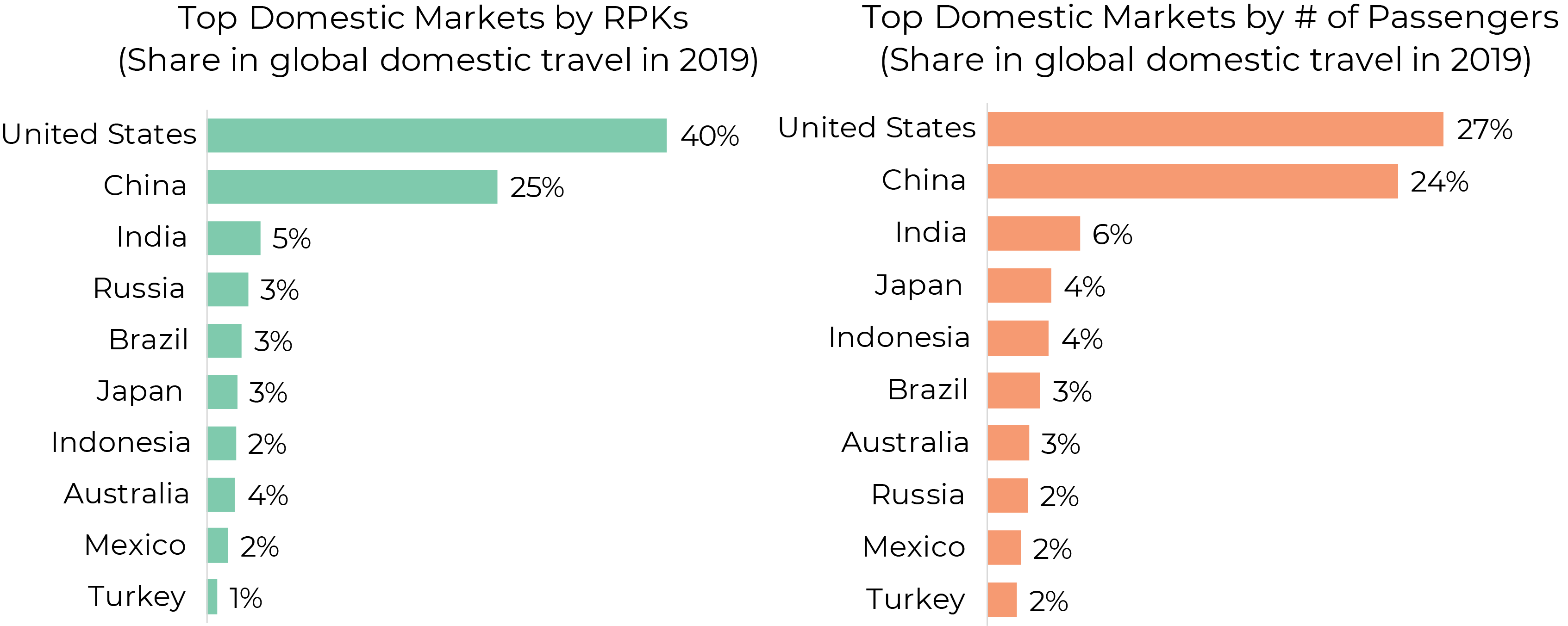Road to Recovery
Overcoming the challenge of low consumer confidence post-COVID-19
The world’s leading airline association offers some insights into the post-COVID-19 consumer mindset. “People still want to travel. But they are telling us that they will likely wait for at least a few months after any ‘all clear’ before returning to the skies,” says IATA.
In the face of an anticipated slow recovery in demand for air travel post-crisis, the aviation industry and governments will need to address deficit in consumer confidence about the channel, and about the health and safety of travelling. That’s according to the International Air Transport Association (IATA), which represents the world’s airlines.
“Passenger confidence will suffer a double whammy even after the pandemic is contained – hit by personal economic concerns in the face of a looming recession on top of lingering concerns about the safety of travel,” said IATA Director General and CEO Alexandre de Juniac last week.
An IATA-commissioned survey of recent travellers found that:
- 60% anticipate a return to travel within one to two months of containment of the COVID-19 pandemic but 40% indicate that they could wait six months or more
- 69% indicated that they could delay a return to travel until their personal financial situation stabilises.
Passenger confidence in air travel, February versus April

Source: IATA Survey, conducted in 11 countries (Australia, Canada, Chile, France, Germany, India, Japan, Singapore, United Arab Emirates, UK and US) at the beginning of April. Numbers are rounded.
“An immediate rebound from the catastrophic fall in passenger demand appears unlikely”
Early indications of cautious return-to-travel behaviour have been seen in the domestic markets of China and Australia, even though new coronavirus infection rates have fallen to low levels.
In China, domestic demand began to recover when the rate of new COVID-19 infections fell into single digits and headed towards zero (measured by new infections as a percentage of the seven-day moving average of total COVID-19 cases). While there was an early upswing from mid-February into the first week of March, the number of domestic flights has plateaued at just over 40% of pre-COVID-19 levels, said IATA. It noted that actual demand may lag behind capacity. (China accounts for 24% of all domestic travellers.)
Domestic demand in Australia has continued to deteriorate even after the rate of new infections fell into single digits and IATA said there is still no sign of a recovery (total domestic flights are at 10% of pre-COVID-19 levels) even as new infections near zero. (Australia accounts for 3% of all domestic travellers.)
Top ten domestic air travel markets worldwide 2019

Source: IATA Economics using data from IATA Statistics
Domestic market behaviour is a “critical indicator,” said IATA, as the post-pandemic recovery is expected to be led by this channel, followed by regional and then intercontinental as governments remove restrictions.
De Juniac said: “In some economies, the spread of COVID-19 has slowed to the point where governments are planning to lift the most severe elements of social distancing restrictions. But an immediate rebound from the catastrophic fall in passenger demand appears unlikely. People still want to travel. But they are telling us that they want clarity on the economic situation and will likely wait for at least a few months after any ‘all clear’ before returning to the skies. As countries lift restrictions, confidence boosting measures will be critical to re-start travel and stimulate economies.”
Last week IATA held regional summits with governments and industry partners to begin planning for an eventual kick-start of the air transport industry.
“The passenger business came to a halt with unilateral government actions to stop the spread of the virus. The industry re-start, however, must be built with trust and collaboration. And it must be guided by the best science we have available. Time is of the essence. We must start building a framework for a global approach that will give people the confidence that they need to travel once again. And, of course, this will need to be shored-up by economic stimulus measures to combat the impact of a recession,” said de Juniac.
Q3 rise in domestic air travel likely to be slow

Source: IATA Economics using data and forecasts from Oxford Economics and IATA
IATA estimates that 25 million jobs in aviation and its related value-chains, including the tourism sector, are at risk in the current crisis. Passenger revenues are expected to be US$314 billion below 2019 (-55%) and airlines will burn through about US$61 billion in liquidity in the second quarter alone as demand plummets by -80% or more.
“This is an emergency,” said de Juniac. “Airlines around the world are struggling to survive. Virgin Australia which entered voluntary administration (last week) demonstrates that this risk is not theoretical. Many of them won’t be around to do that if they have run out of cash. Millions of jobs are at stake and relief cannot come fast enough.”
Worldwide domestic flight reductions by region January to April

Source: IATA Economics analysis based on data provided under license by FlightRadar 24. All rights reserved.
The Moodie Davitt eZine is published 12 times per year by The Moodie Davitt Report (Moodie International Ltd). © All material is copyright and cannot be reproduced without the permission of the Publisher. To find out more visit www.moodiedavittreport.com and to subscribe, please e-mail sinead@moodiedavittreport.com



